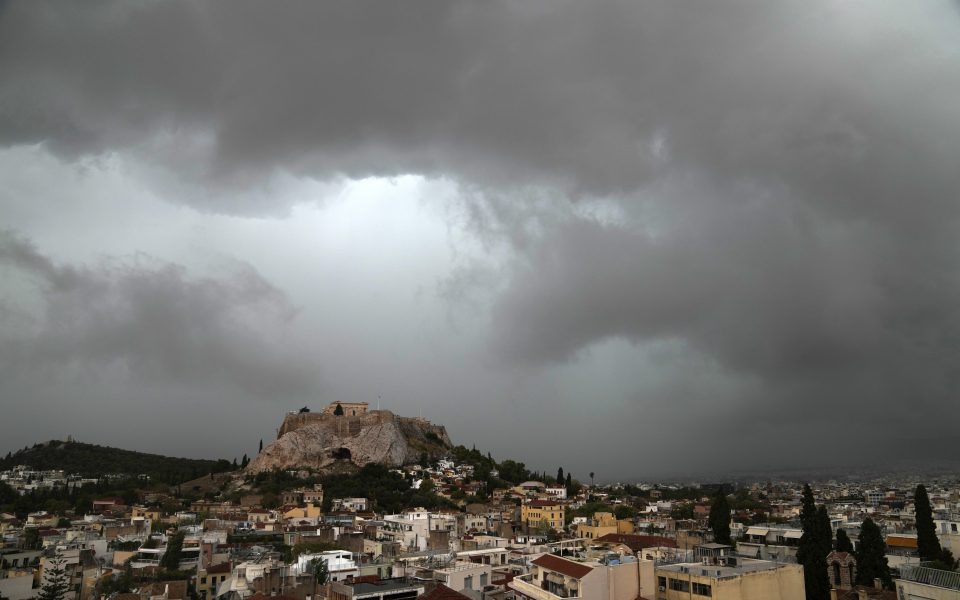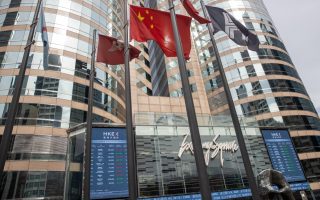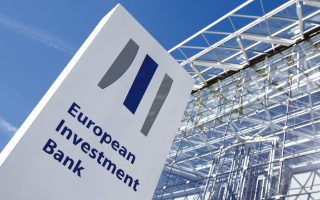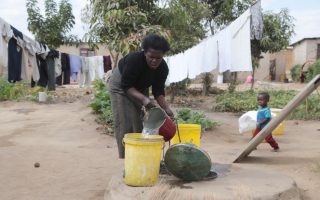Α difficult 12 months lie ahead

The eurozone inflation rate of 3.4% is the highest recorded in 13 years, with its core nucleus (that is to say, free of the volatile prices of food and energy) standing at a rate of 1.9%, the highest it has been since 2008. Isn’t that amazing? Let’s make it less dramatic: The inflation rate would rise – and it had to rise. Ever since the financial crisis of 2008-09 we have had many years of deflation, and that was the big problem: the tumbling of prices, including in terms of labor, land, businesses and other goods.
An increase in the inflation rate is positive, even above 3 or 4 percent. On the one hand, this chips away at the real value of debt. On the other, interest rates become positive – the depositor (for example, social security funds) is rewarded instead of having to pay for the borrower, and positive interest will help limit speculation for profit at any cost as money becomes more expensive. The post-pandemic global recovery is straining prices, the US Federal Reserve and the European Central Bank project that they will balance halfway through 2022. No harm in that. The secondary effects (whether short- or mid-term) of economic recovery are not a cause for worry, unlike the factors that hamper or impede recovery.
In Europe, for example, several of these factors have piled up. Fuel reserves are exceptionally low for this time of year (natural gas, coal, oil, even hydroelectric energy reserves are low), Gazprom is not providing enough natural gas, seeking to force its primacy through the Nord Stream 2 pipeline, the East Asian market is hoovering up all available quantities of natural gas from the international markets for its own factories – this, combined with an increase of emission costs, has led to skyrocketing energy costs. A study by the University of Manchester stated that 80 million European households suffered from inadequate heating in the winter before the pandemic. This year will be worse for more. This European winter, due to La Nina, will be colder. The global recovery will be weaker. Goldman Sachs is the first big investment bank to revise downward its projections for the rate of global recovery. Because, along with energy costs, the serious issues in transporting goods, due to a shortage of containers (the price of shipping a container from China to the US, which used to cost between 1,200 and 1,500 dollars, has soared to $15,500) and now truck drivers, represents a further hurdle to recovery. The cracks in the supply chain will grow, shortages are expected to be widespread in the coming months, and the recovery will slow down.
Where are we in all of this? If we achieve economic growth of 8%, by the end of the year our GDP will be approximately at the levels of 2018 (180 billion euros) – slightly smaller than it was in 2019 (€184.5 billion) – making up for a large part of the losses of 2020, with the help of state aid worth some €40 billion. Tomorrow, there might be an announcement that we achieved 6.1% growth this year. We are not living through some recovery boom.
Even though we have a milder climate and a lower dependency on natural gas, the international situation affects us negatively and compounds our own “sins”: high levels of foreign debt, a dated and feeble economic model, a depressive preponderance of very small (up to nine employees) businesses, banks burdened by bad loans and with very limited risk appetite, public borrowing on the international markets only due to the ECB’s emergency program. Along with the gradual easing and removal of government support measures, the next 12 months are going to be tough.





